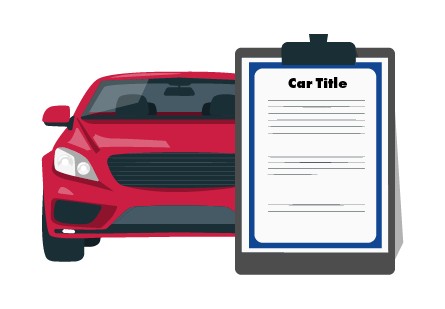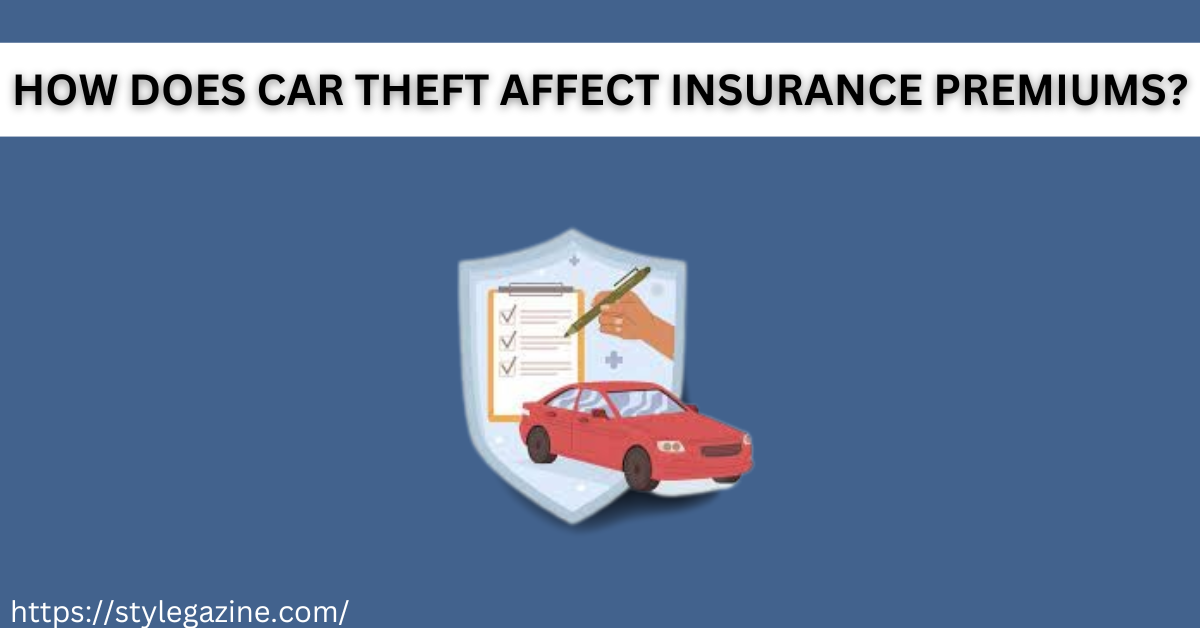Car theft is a significant concern for vehicle owners worldwide, extending beyond the immediate loss of property to have far-reaching implications, notably affecting insurance premiums. In this article, we delve into the intricate relationship between car theft and insurance costs, exploring why it matters and how insurers determine premiums in the face of this risk. Insurers assess the likelihood of car theft based on various factors such as location, vehicle make and model, security measures, and claim history. Urban areas with higher crime rates typically experience elevated instances of car theft, resulting in increased insurance costs for residents.
Moreover, certain vehicles are more prone to theft due to factors like popularity, value, and security features, influencing insurance premiums accordingly. Owners can mitigate the risk by installing anti-theft devices, parking in secure locations, and being vigilant, but comprehensive insurance coverage remains essential for financial protection against theft-related losses. By understanding these factors and taking preventive measures, individuals can minimize the impact of car theft on insurance premiums, emphasizing the importance of staying informed and proactive in safeguarding vehicles and financial well-being.
The Cost of Car Theft
Car theft takes a hefty toll on individuals and society, casting a long shadow over financial stability and community well-being. In 2019, the FBI’s Uniform Crime Reporting (UCR) Program revealed a startling frequency, with a motor vehicle stolen in the United States every 6.5 minutes, showcasing the pervasive nature of this crime. The National Insurance Crime Bureau (NICB) further emphasized the issue’s magnitude, reporting over $6 billion lost in the same year due to motor vehicle theft alone.

These staggering statistics paint a sobering picture of the economic repercussions for car owners and the broader community as the ripple effects of theft reverberate through insurance claims, law enforcement efforts, and societal trust. The financial strain imposed by car theft extends beyond mere property loss, permeating various aspects of daily life and collective security. From increased insurance premiums to compromised safety perceptions, the implications of car theft resonate deeply, prompting a call for comprehensive strategies to combat this persistent threat.
As individuals grapple with the aftermath of theft and communities strive to fortify their defenses, addressing the underlying factors driving car theft becomes imperative in safeguarding assets and livelihoods. In the face of such pervasive challenges, proactive measures, collaboration between stakeholders, and heightened vigilance offer a pathway towards mitigating the impact of car theft and fostering resilient communities.
Impact on Insurance Premiums
Insurance premiums are influenced by various factors, including the risk of car theft, which plays a significant role in determining the cost of coverage. When insurers assess the risk associated with insuring a vehicle, they carefully consider the likelihood of it being stolen. This assessment involves analyzing factors such as the vehicle’s make and model, its security features, the location where it is primarily driven and parked, and the policyholder’s claim history.

Areas with higher car theft rates typically experience elevated insurance premiums to offset the increased risk. Insurers rely on statistical data, such as crime rates in specific regions, to accurately gauge the probability of theft and adjust premiums accordingly. Additionally, vehicles equipped with anti-theft devices and security systems may qualify for lower insurance premiums, as these features deter potential thieves.
By incorporating these risk factors into their pricing models, insurers strive to balance the need to provide adequate coverage with the imperative to manage risks effectively, ensuring that policyholders receive fair premiums based on their circumstances and the prevailing threat of car theft in their area.
Factors Influencing Insurance Premiums
Several factors contribute to the impact of car theft on insurance premiums:
- Location: The geographical location is pivotal in shaping insurance premiums. Urban areas with higher crime rates generally have increased instances of car theft, resulting in elevated insurance costs for residents in these areas.
- Vehicle Make and Model: Certain vehicles are more prone to theft than others due to factors such as popularity, value, and ease of theft. Thieves often target luxury cars and models with limited security features, leading to higher insurance premiums for owners of these vehicles.
- Security Measures: Vehicles equipped with anti-theft devices and security systems are less attractive to thieves and may qualify for lower insurance premiums. Insurers may offer discounts for features such as alarms, immobilizers, and GPS tracking systems that deter theft.
- Claim History: A vehicle’s history of theft-related claims can impact insurance premiums. If a car has been stolen or involved in theft-related incidents in the past, insurers may perceive it as a higher risk and adjust premiums accordingly.
- Policyholder’s Driving Record: The policyholder’s driving record and history of insurance claims also influence premiums. Individuals with a record of reckless driving or previous claims, including theft-related ones, may face higher insurance costs.

Mitigating the Risk
While car theft remains a prevalent issue, there are steps vehicle owners can take to mitigate the risk and potentially lower their insurance premiums:
- Install Anti-Theft Devices: Investing in anti-theft devices such as steering wheel locks, car alarms, and GPS tracking systems can deter thieves and reduce the likelihood of theft. Numerous insurers provide discounts for vehicles that are equipped with such security features.
- Park in Secure Locations: Parking in well-lit areas, garages, or secure parking lots can minimize the theft risk. Avoiding high-crime areas and utilizing designated parking spots with surveillance can enhance vehicle security.
- Be Vigilant: Practicing vigilance and taking precautions such as locking doors, closing windows, and never leaving valuables in plain sight can deter opportunistic thieves.
- Choose Comprehensive Insurance: Opting for comprehensive insurance coverage provides financial protection against theft, vandalism, and other non-collision incidents. While comprehensive coverage typically results in higher premiums, it offers peace of mind and financial security in the event of theft.
Conclusion
Car theft poses significant challenges for vehicle owners, impacting their financial well-being and insurance premiums. Insurers meticulously evaluate the theft risk, considering factors like location, vehicle make and model, security measures, and claim history. The geographic location plays a crucial role, as urban areas with higher crime rates generally experience more thefts, resulting in elevated insurance costs for residents.
Moreover, certain vehicles are more attractive targets for thieves due to their popularity, value, and security features—or lack thereof. Owners can mitigate these risks by investing in anti-theft devices such as alarms, immobilizers, and GPS tracking systems, which may qualify them for insurance discounts. Additionally, being proactive about where and how vehicles are parked—opting for well-lit areas or secure parking lots—can deter potential thieves.
Being vigilant, locking doors, closing windows, and avoiding leaving valuables in plain sight are simple yet effective precautions. Choosing comprehensive insurance coverage provides financial protection against theft, vandalism, and other non-collision incidents, albeit at a higher premium. By understanding the factors influencing insurance costs and taking preventative measures, individuals can reduce the risk of theft and potentially lower their insurance premiums. Ultimately, staying informed and proactive is essential in safeguarding vehicles and minimizing the impact of car theft on insurance premiums.
